Name: Atlantic Yellow-nosed Albatross (Thalassarche chlororhynchos)
Length: 80 cm
Weight: 2.2 kg
Location: South Atlantic, between South America and Africa, breeding on mid-Atlantic islands
Conservation status: Endangered
Diet: Squid, fish, crustaceans
Appearance: White body, feet, and head with black wings and saddle area. Large dark patch around the eye. Black bill with a yellow strip along the top ending in a pink curved tip
How do Atlantic Yellow-nosed Albatrosses feed?
They dive to catch fish, steal food from other seabirds, and follow fishing boats for discarded offal.
Are Atlantic Yellow-nosed Albatrosses social?
They form colonies during breeding season and migrate in groups.
How fast do Atlantic Yellow-nosed Albatrosses fly?
They usually fly at 40 km per hour, with bursts up to 100 km per hour.
What are Atlantic Yellow-nosed Albatross birthing rituals like?
Reaching sexual maturity around 10 years old, they breed every other year and are monogamous. The breeding season starts in September on mid-Atlantic islands. Nests are built from peat, feathers, vegetation, and mud. Both parents incubate the egg and care for the chick, which fledges in April. Chicks do not return to land for up to 5 years.
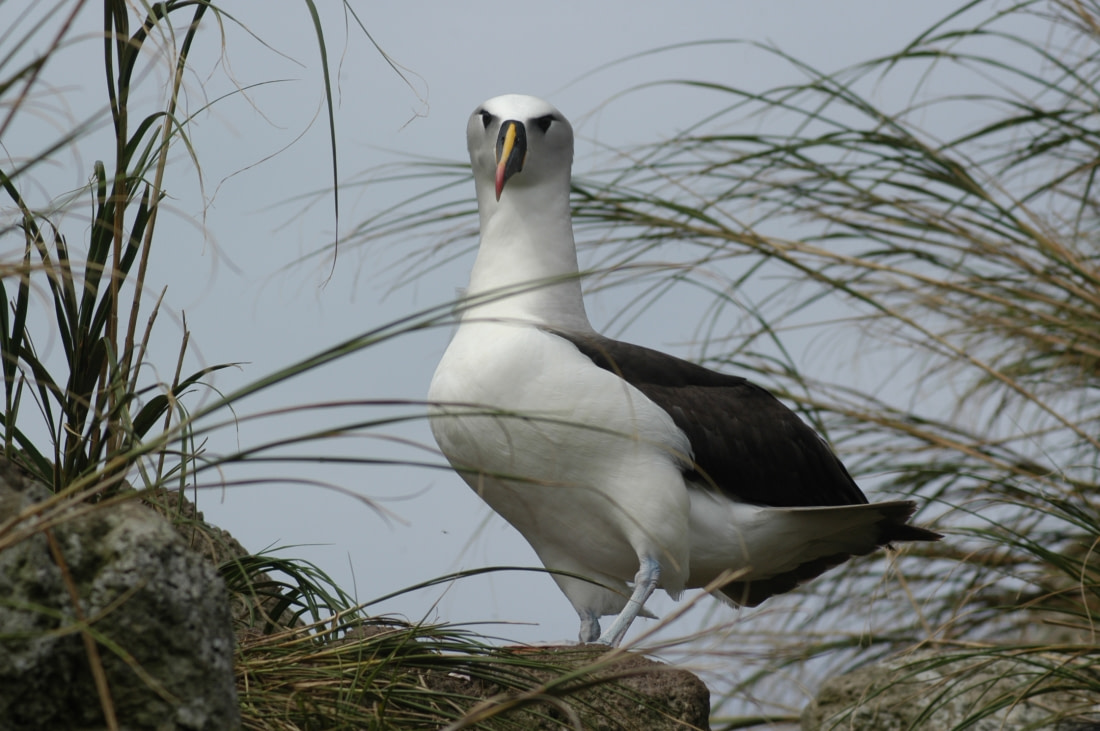
How long do Atlantic Yellow-nosed Albatrosses live?
They can live up to 60 years.
How many Atlantic Yellow-nosed Albatrosses are there today?
As of 2001, there are an estimated 55,000 to 83,200 individuals, with the population in decline.
Do Atlantic Yellow-nosed Albatrosses have any natural predators?
Due to their remote breeding grounds and pelagic lifestyle, they rarely fall prey to other animals.
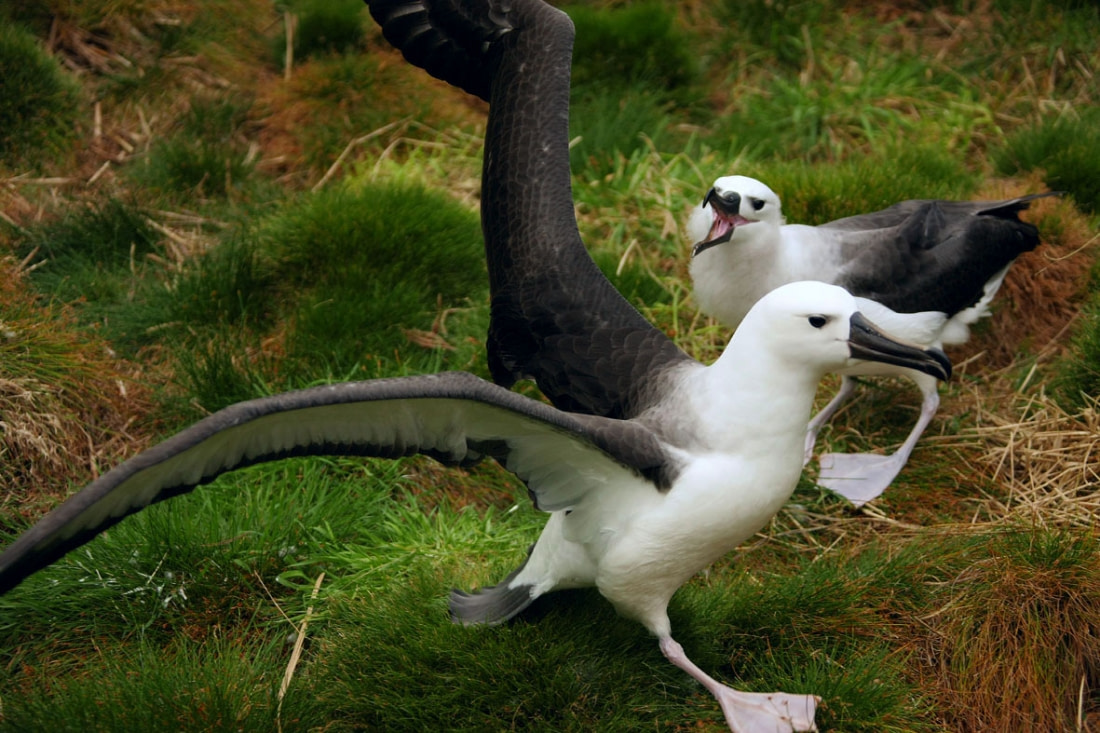
7 Attractive Atlantic Yellow-Nosed Albatross Facts
- They belong to the Procellariiformes order, which includes Diving Petrels, Fulmars, Shearwaters, and Storm Petrels.
- They produce stomach oil in the proventriculus for feeding chicks, sustaining themselves, or as a defensive spray.
- A nasal gland excretes saline to remove excess salt from ocean feeding.
- Longline fishing poses a significant threat, as they dive for baited hooks.
- They are a type of mollymawk, a medium-sized albatross. "Mollymawk" comes from the Dutch "mallemok," meaning "foolish gull."
- They are excellent soarers, flying long distances without flapping.
- A group of Albatrosses is called a "flight," "rookery," or "weight."
Related Trips



The Eight Albatrosses of Antarctica and the Sub-Antarctic
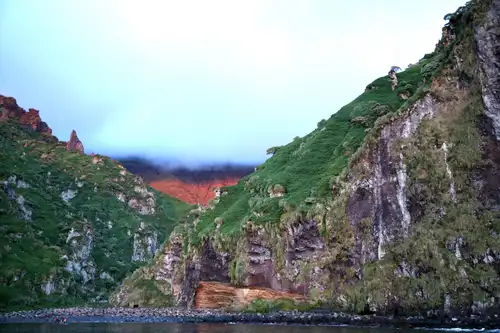



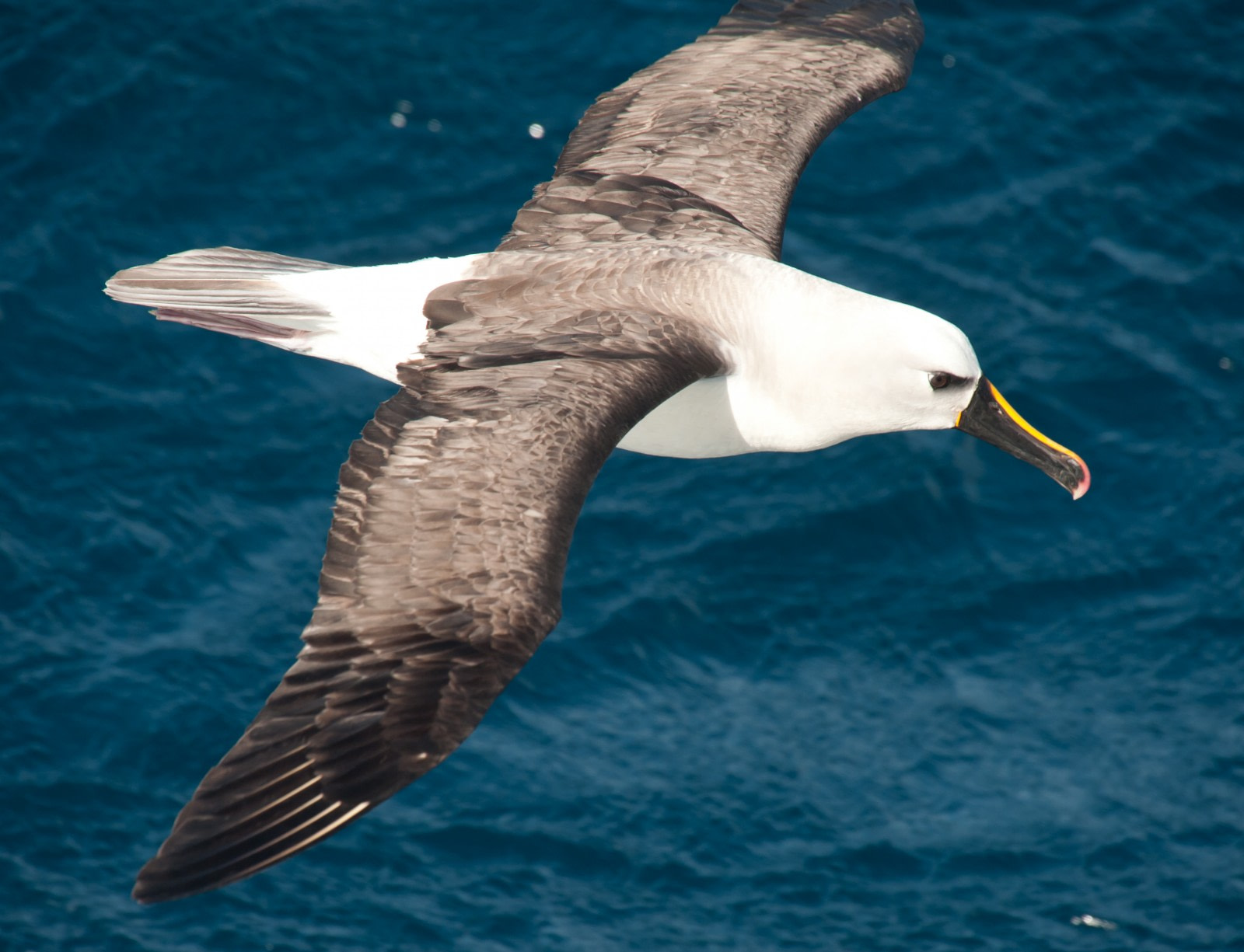
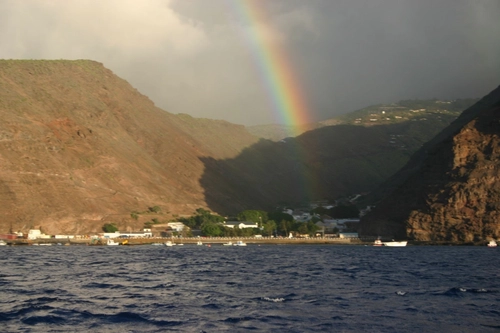


 24 Days / 23 Nights
24 Days / 23 Nights
